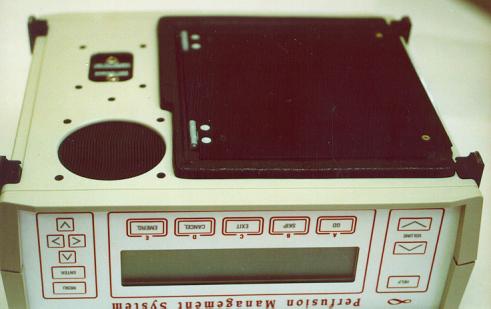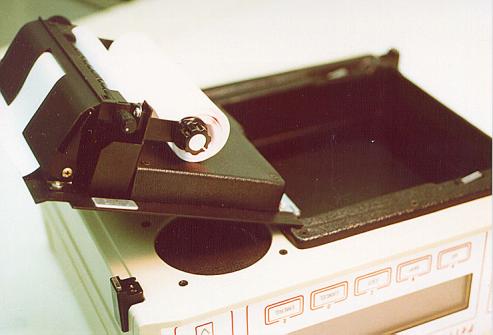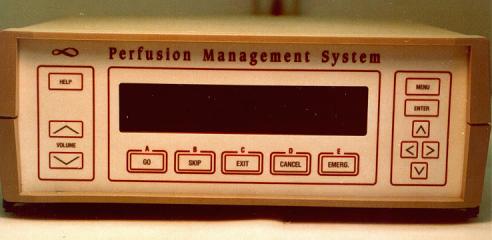
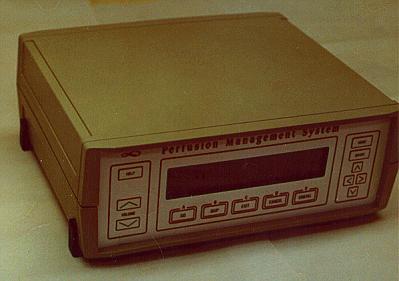
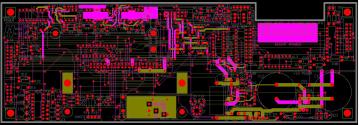
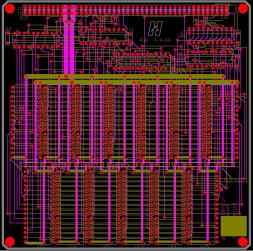
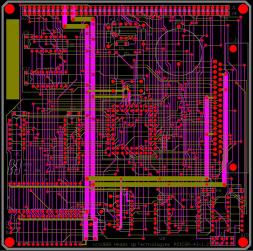
|
My first throw-away product. (Alas! not my last.)I provided the complete hardware design and much of the firmware design for this prototype medical product in 1989. Among the things I provided were: schematic-diagrams and printed-circuit layouts for 3 circuit boards, 1.8K lines of firmware written in Intel 8051 assembly-language, 6K lines of firmware and MS-DOS support software written in C, and 65 pages of documentation (specifications and hardware documentation). The product, sadly, never went into production.





The idea behind this product was that it was an electronic audio checklist, similar in concept to the earlier Heads Up Checklist, but having greatly expanded capabilities. The unit was to be battery-operated, to have a much-enlarged LCD (4x80), real-time clock, built-in printer, integrated help-system, and so forth.Unlike our earlier aviation-checklist products at Heads Up Technologies, this unit was targeted for medical applications -- specifically, for perfusion-pump operators. A perfusion pump ("heart-lung machine"), like an aircraft, has a very complex sequence of steps which must be followed to operate the machine, but with the added difficulty of greatly increased legal liability. Heads Up Technologies was approached by Psicor, Inc., a company that trained and provided contract perfusion-pump operators, to design the checklist unit. (Psicor has since been acquired by Baxter International, I believe. Refer to www.baxter.com.) It was felt that because of the built-in printer and real-time clock, a printout could be provided demonstrating that the operators of the machines had (or had not) followed proper procedures, thus limiting (hopefully) liability.
This was my first embedded design in which the firmware was written primarily in C, and because of time-constraints I received some help from a contract programmer. Thus, the figure shown above for the number of lines of code contributed by me (as opposed to my helper) is an estimate only.
Unfortunately, the resulting prototype unit was both physically larger and more expensive than Psicor had hoped, and so this particular design was scrapped before reaching the production phase, in favor of a radically different approach. However, it did function and, indeed, the prototype unit is still functional (after a dozen years on the shelf) as I write this.
